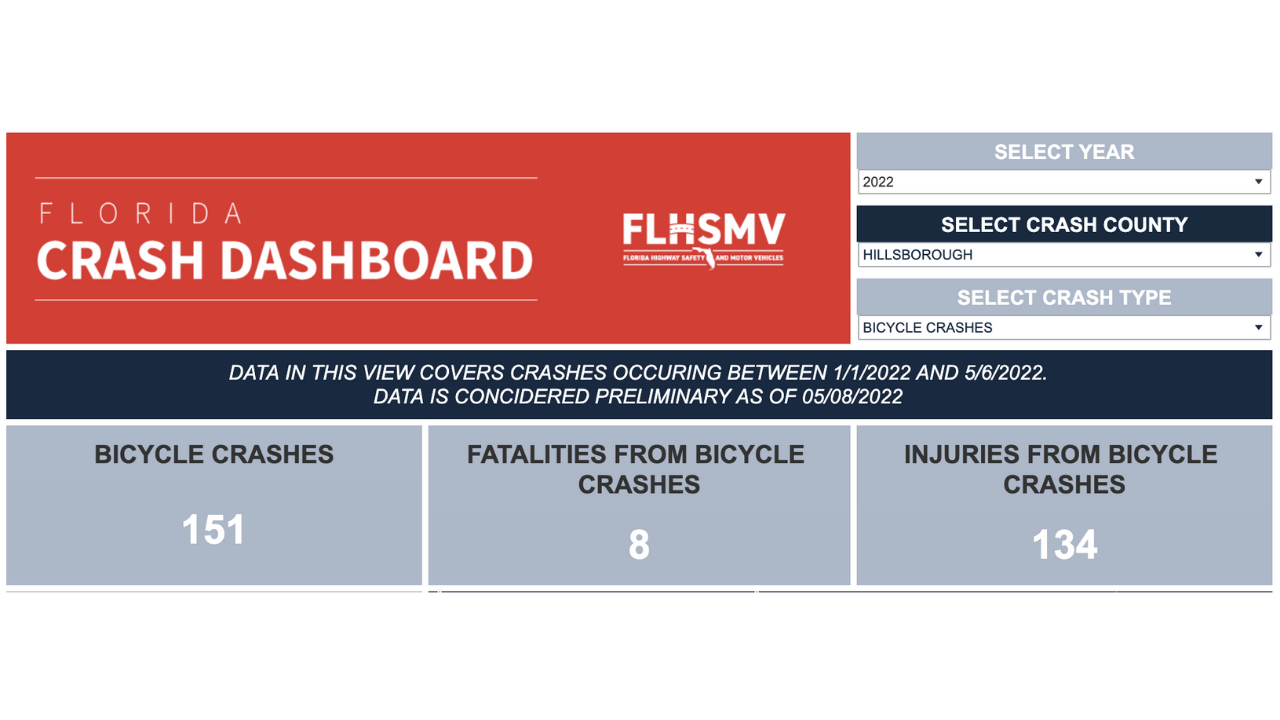TAMPA, Fla. — Christine Acosta is now 80% car-free.
“I use biking as my mode of transportation,” said Acosta, as she pushed her bike down the City of Tampa’s Green Spine Cycle Track on Cass Street in downtown. “I have an electric bike.”
It’s not only been good for her health but good for her wallet too.
“According to AAA, car ownership costs anywhere from $10-12,000 per year, so when you look at the median wages in the Tampa area, there’s not a lot of people that can afford that plus the spike in our housing expense,” said Acosta, who’s a board member of Walk Bike Tampa and founder of Pedal Power Promoters, which helps communities become more bike-friendly.
Acosta said biking is safe and entirely possible in places like downtown Tampa, especially on the city’s Green Spine, but it’s not as safe in other parts of Hillsborough County.
“The county and the state are lagging,” she said. “They’re not doing enough and enough quality in their investments to make it safe for people to walk and bike.”
RECOMMENDED: As traffic fatalities rise, Tampa Bay leaders will apply for new federal funding
In fact, 2022 is shaping up to be a very deadly year.
According to Florida Department of Highway Safety and Motor Vehicles data, between January 1 and May 8, eight cyclists have died along roadways across the county. According to cycling advocates, that number is on pace to pass last year’s record-breaking tally of 17 deaths.

“If the county were to maintain that bloody pace for the rest of the year, about 23 bicyclists would end up getting killed on our roads, smashing the old record of 17 set just last year,” wrote another cycling advocate, Jose Menedez, in a recent email to county leaders.
According to the same data set, 134 injuries have resulted from crashes involving bicycles in the same timeframe.
“It’s a horrific situation,” said Acosta. “We don’t have enough protected space like what we’re experiencing here in the urban core, nor do we have slow enough speeds throughout our neighborhoods.”
Acosta and Jim Shirk — another cycling advocate — say more can and should be done, including more space for cyclists, lower speed limits, and better education.

“It’s concerning to me but almost in the same way I’m concerned about hurricane season. I can’t really do much about it, other than run around and wave my arms,” Shirk said.
He and Acosta, however, will keep making that push for safety and hoping local and state leaders listen.
“Space and speed,” said Acosta. “We need separate space whenever we can get that, but where we can’t — we don’t always have space between the curbs to devote on a mode-by-mode — so that means we need to lower our vehicular speeds.”
Both say Hillsborough County citizens can make an impact by supporting local leaders who prioritize safer roads.




